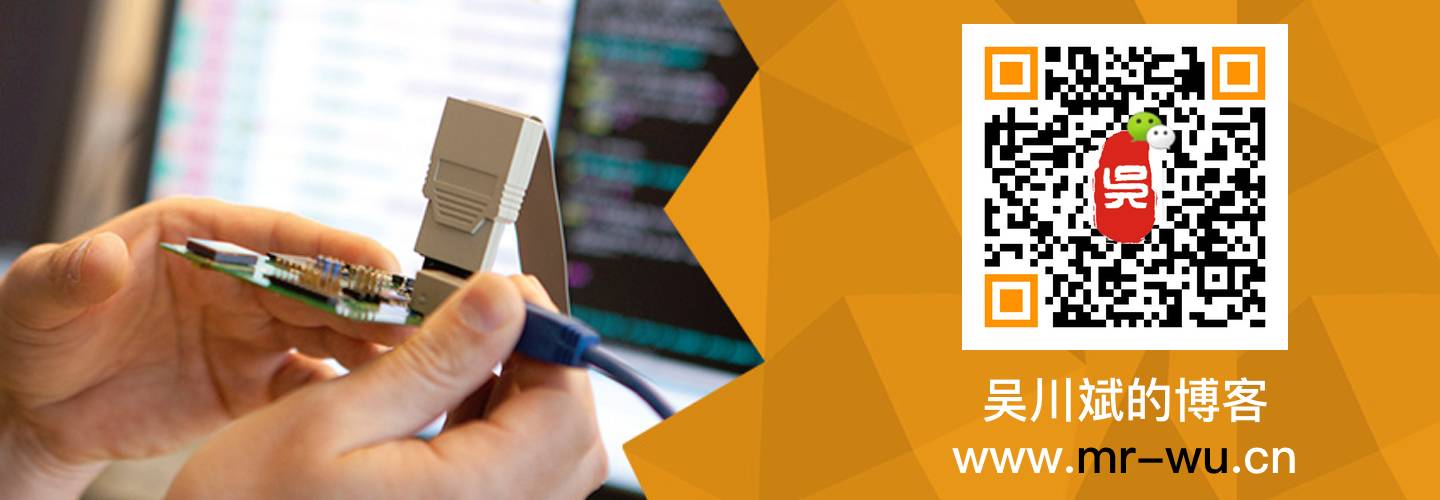
Recently, the term Internet of Things has become increasingly popular, and I have been closely following the development of this industry. The technologies related to IoT are also maturing, with NB-IoT preparing for commercial use and LoRa already piloted in some areas. The upstream ICs are also launching SoC products aimed at IoT applications. With chips available and wireless networking technologies becoming more mature, the corresponding data transmission protocols must keep pace.
MQTT is an IoT transmission protocol designed for lightweight publish/subscribe message transmission, aimed at providing reliable network services for IoT devices in low-bandwidth and unstable network environments. MQTT is a lightweight transmission protocol specifically developed for the Internet of Things. It is optimized for low-bandwidth networks and devices with low computing power, making it suitable for various IoT application scenarios. Currently, MQTT has clients on various platforms and devices, forming an initial ecosystem.
When designing the protocol, MQTT considered the differences in computing performance among different devices, so all protocols use binary format for encoding and decoding, which is very easy to develop and implement. The minimum data packet is only 2 bytes, making it well-suited for low-power, low-speed networks. It has a very comprehensive QoS mechanism, allowing for three message delivery modes based on the business scenario: at most once, at least once, and exactly once. It runs on top of the TCP protocol and supports TLS (TCP+SSL) protocol, ensuring good security since all data communication passes through the cloud.
For the Chinese version of the MQTT protocol, refer to here:
https://mcxiaoke.gitbooks.io/mqtt-cn/content/
